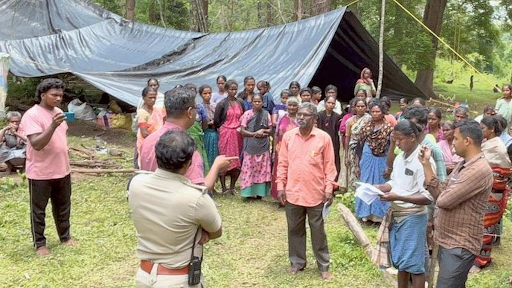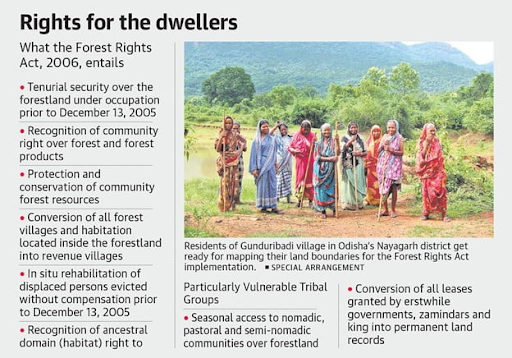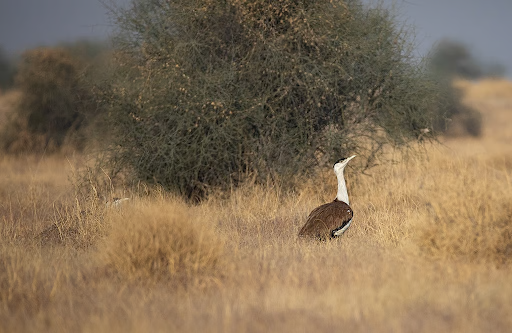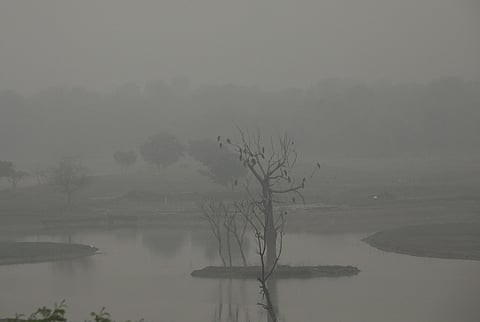



The Forest Rights Act, 2006 aimed to correct historical injustice by recognizing forest-dwelling communities’ rights, but poor implementation and high claim rejection limit its impact. Its success depends on Gram Sabha empowerment and strong political will, as community-led rights are essential for justice and sustainable conservation.

Copyright infringement not intended
Picture Courtesy: THEHINDU
The 2006 Forest Rights Act (FRA) seeks to correct historical injustices by granting forest communities rights to their traditional lands for livelihood, cultivation, sustenance, and resource governance. Its implementation, however, is challenging and needs a clear strategy for full realization.
|
Read all about: INDIA'S FRA STANDS APART FROM EXCLUSIONARY LAWS GLOBALLYCONTESTING THE FUTURE OF FOREST GOVERNANCE |
The Forest Rights Act of 2006, effective 2008, legally recognizes the pre-existing rights of forest dwellers nationwide, which were often unacknowledged.
Key Provisions

Empowering Gram Sabhas and Building Capacity:
Streamlining Rights Recognition:
Harmonizing FRA with Conservation Efforts:
Strengthening Inter-Ministerial Coordination:
Improve collaboration between the Ministry of Tribal Affairs (MoTA), Ministry of Environment, Forest and Climate Change (MoEFCC), and state forest departments.
Leveraging Technology for Governance:
Utilize AI, IoT, GIS for precise mapping of forest rights, creating transparent land records, and monitoring forest health, including detecting fires and encroachments.
The Forest Rights Act of 2006, crucial for justice and conservation, faces implementation challenges. Empowering Gram Sabhas, simplifying processes, and promoting collaboration are key to enabling forest dwellers to become true custodians and beneficiaries, ensuring a just, sustainable future.
Source: THEHINDU
|
PRACTICE QUESTION Q. Examine how the Forest Rights Act, 2006, serves as a tool for correcting historical injustice against India's tribal communities. 150 words |
The Act seeks to correct the "historical injustice" faced by forest-dwelling Scheduled Tribes (FDSTs) and Other Traditional Forest Dwellers (OTFDs) by providing legal recognition to their long-standing rights over forest land and resources, while also strengthening the forest conservation regime.
The FRA recognizes title rights (ownership up to 4 hectares of cultivated land), use rights (collection of minor forest produce, grazing), relief and development rights (rehabilitation and amenities), and forest management rights (protection and conservation of community forest resources).
The Gram Sabha (village assembly) initiates the process to determine the nature and extent of individual and community forest rights.







© 2025 iasgyan. All right reserved